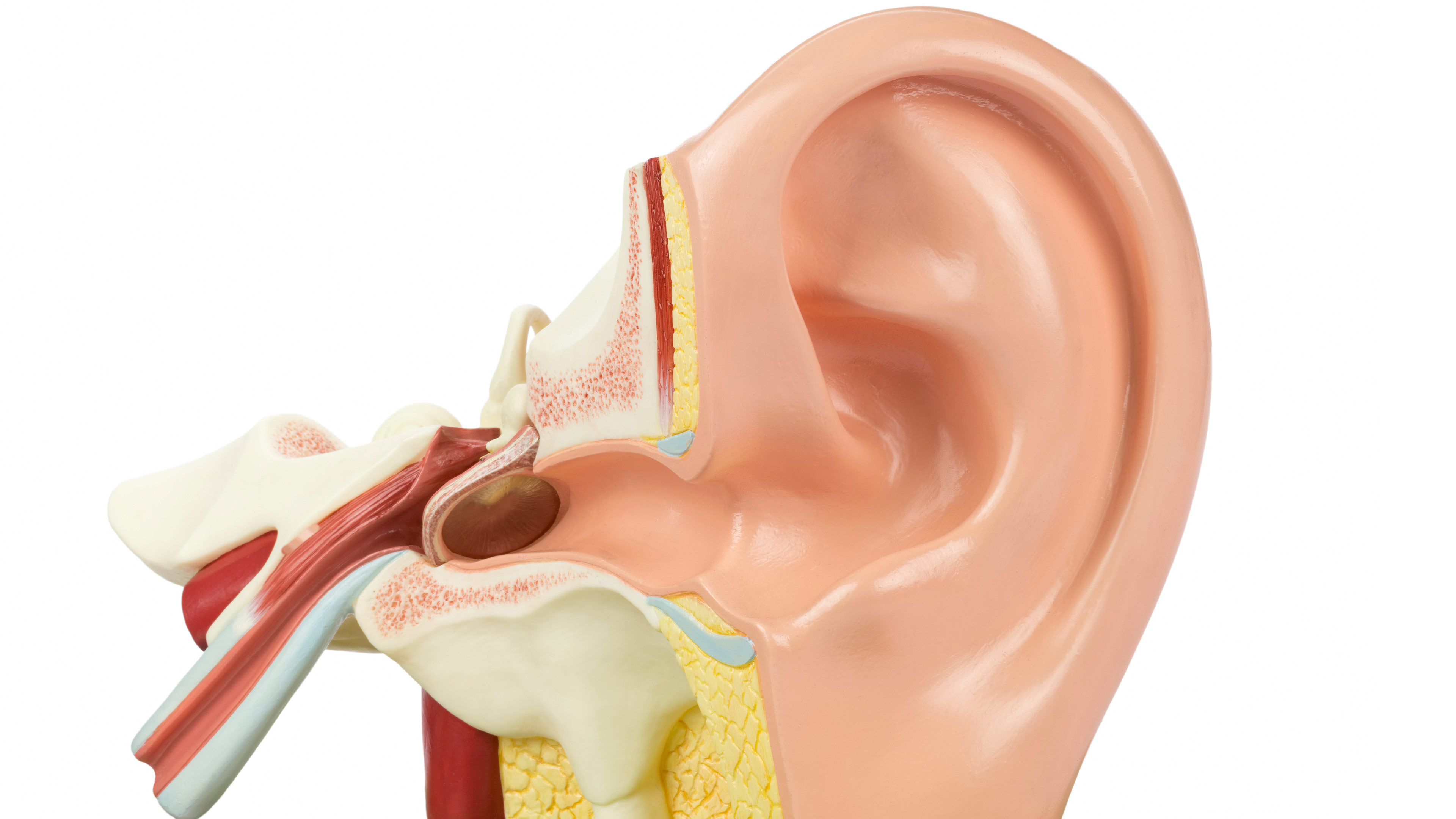Ear, Nose, Throat, and Equilibrium
Eustachian Implants

A middle ear infection (otitis media) occurs when bacteria or viruses enter the Eustachian tube that goes from the back of the nose up into the middle ear. This occurs when the tube is not functioning properly, often because of an allergic irritation or sinus/throat infection. Inflammation prevents the eustachian tube from draining properly, resulting in pain and possible hearing loss. The blocked tube also affects stabilization of air pressure within the ear. A healthy middle ear contains the same atmospheric pressure as outside the ear, which allows unobstructed vibration.
Otitis media is often treated with antibiotics and clears up without complications. When blockage of the eustachian tube becomes a chronic problem, it may require other intervention.
A likely option will be the insertion of a tiny, hollow ventilation tube into an opening in the eardrum to help stabilize ear pressure and allow fluid to drain from the middle ear. The FAA has no required recovery time after this procedure. When your doctor determines that you are having no side effects, such as dizziness or disequilibrium, and releases you to your normal activities, you may resume flying with your current medical certificate.
The eustachian bypass procedure needs to be reported at your next FAA physical exam. If your condition is stable at the time of your visit, the AME may issue your medical certification.
- You will need to provide the following information:
- A current status report from your doctor that includes diagnosis, date of procedure, how you are doing post-operatively, any side effects, and prognosis.
- Hospital records: admittance/discharge summaries, operative report, and reports from any diagnostic tests that may have been performed.
How/Where to Submit to the FAA
Helps you find the contact information for submitting your medical records.
Updated July 1, 2016